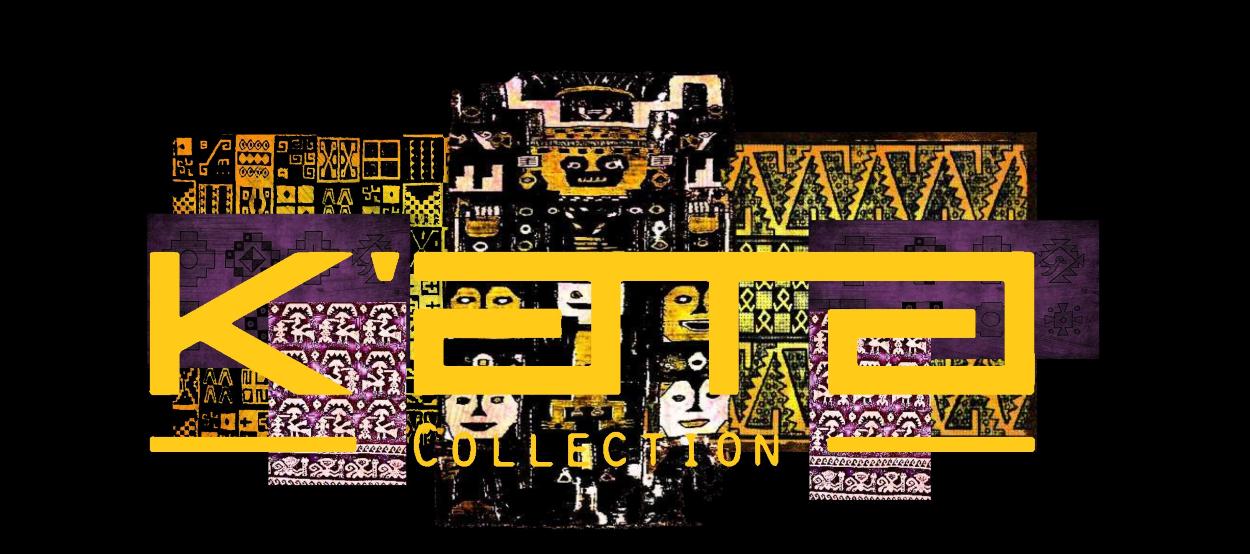OUR LEGACY
In the Andes of Peru, weaving preceded agriculture and pottery, Andean textile history dates back to five thousand years ago when the first textiles were started using cotton and fiber from South American camelids such as alpaca, llama and vicuña, the Andean weaving reached a perfection and diversity that greatly exceeded the progress in this field of other cultures of the world. The Andean textiles were a sign of culture and identity since our mythical ancestors assigned special clothing to the people to distinguish themselves, they were a symbolic resource to establish differences and also luxury and ostentation.
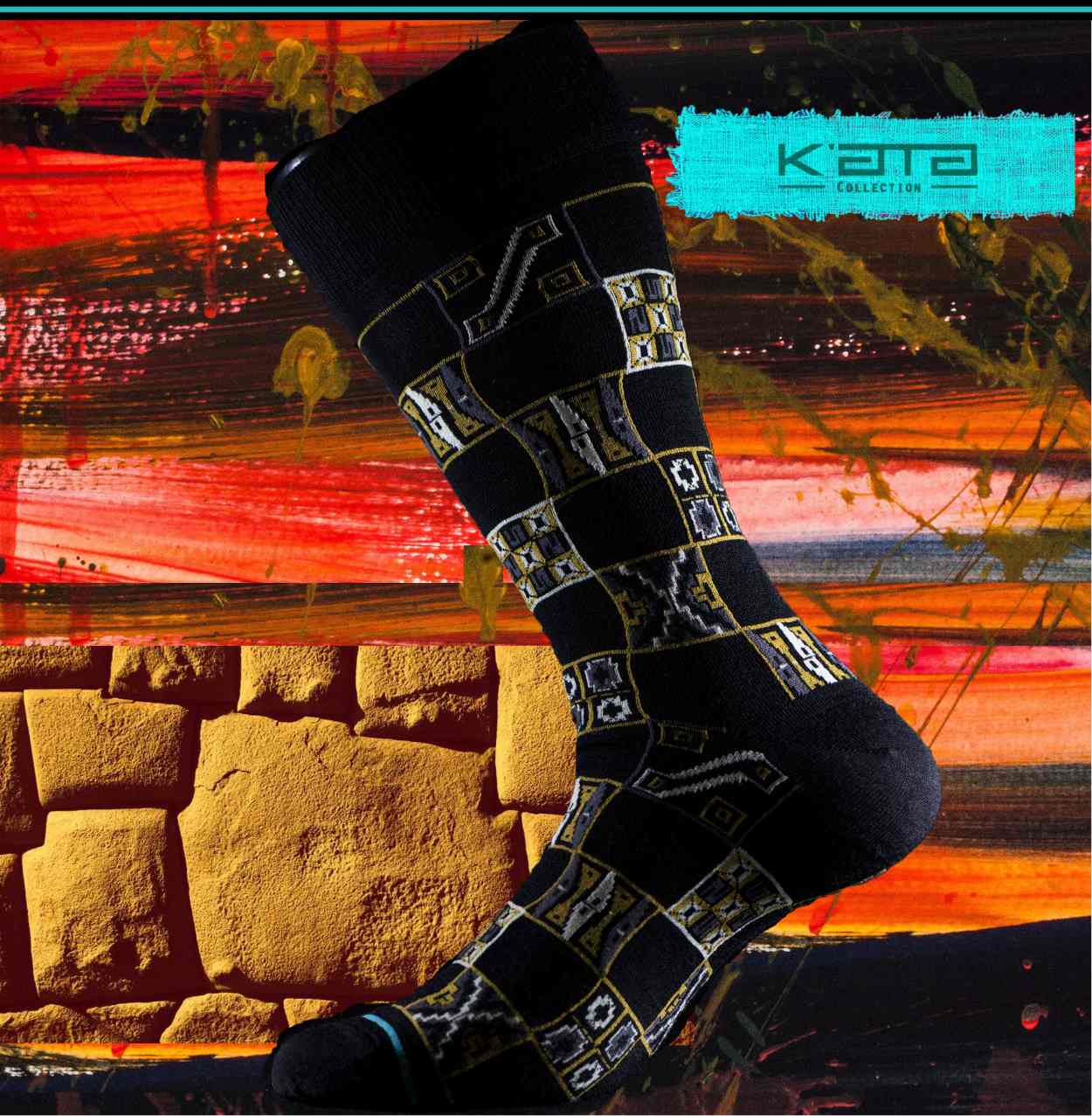
Through textiles our ancient societies expressed their ideology and the complexity of their relationships, the knitting intermediated between life and death, between sacred and profane time, garments were made for funerary bales with designs and motifs of life and abundance that paradoxically were used in the context of death.
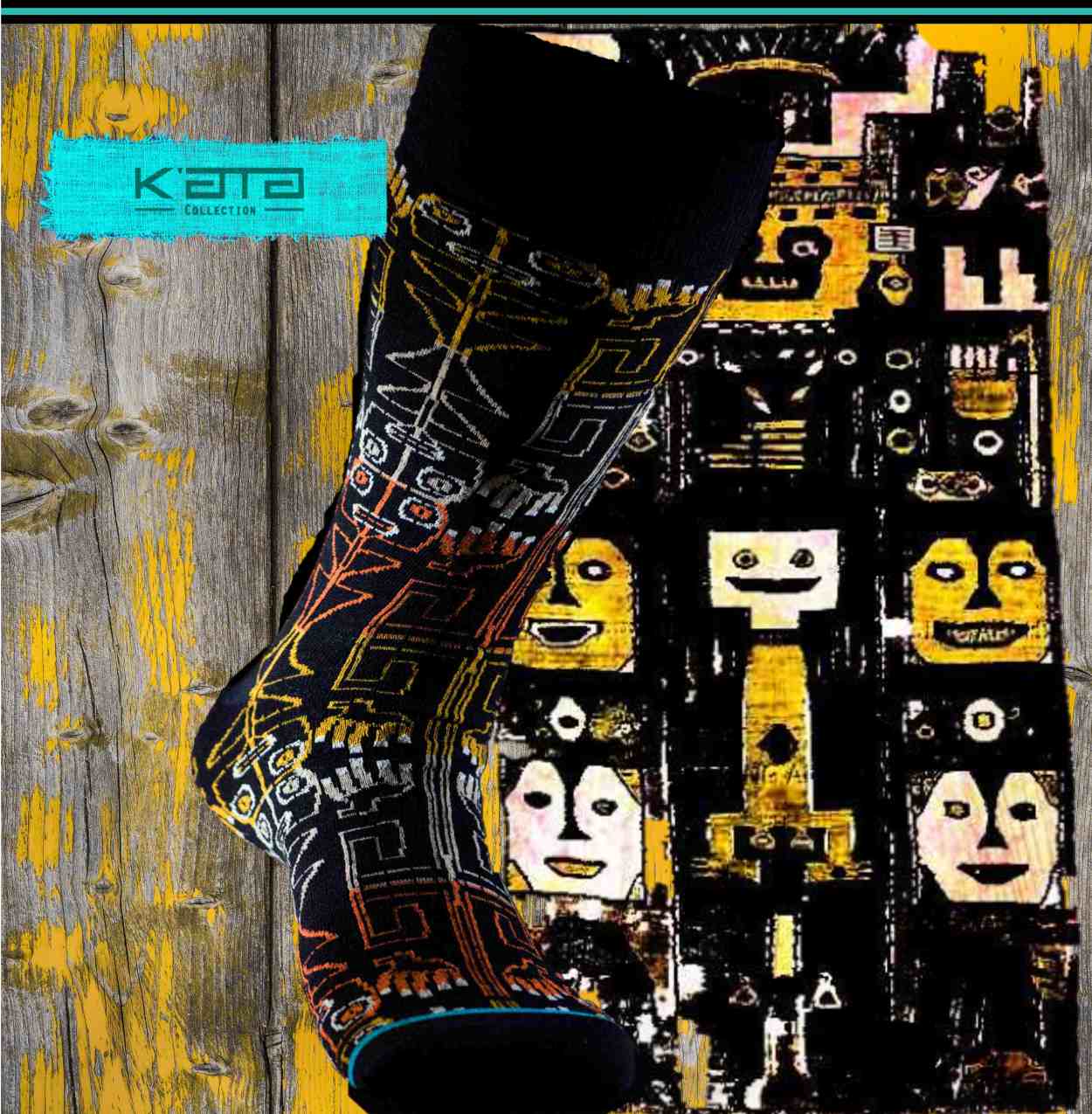
The weaving was one of the means by which our cultures expressed their thought, manifesting it with great mastery through an iconography governed by the logic of symmetry, the oppositions and the repetition of complex images. It was represented with it the legacy of his mythical heroes and tutelary ancestors.
Peruvian Andean textiles are recognized worldwide for its beauty that corresponds to its high technological quality. These achievements are due to a cumulative process of several millennia, in which textiles actively participated in the gestation of the cultural heritage of the pre-Columbian Andes.
A MILENARY MASTERY
The first pre-Columbian culture in Peru is the civilization of Caral, developed in the year 3000 BC. , and then the Chavín Culture would be formed in the 900s BC. The Chavín settlers were the first engineers and astronomers of our history, they built great and monumental ceremonial temples where they observed the stars and the movement of the Sun and the Moon, they built great sculptures like the Monolithic Lanzon, the Obelisk of Tello, the Stele of Raymondi and Cabezas Clavas on their walls, these sculptures represented a metaphor of the universe as the inhabitants of Chavin understood it.
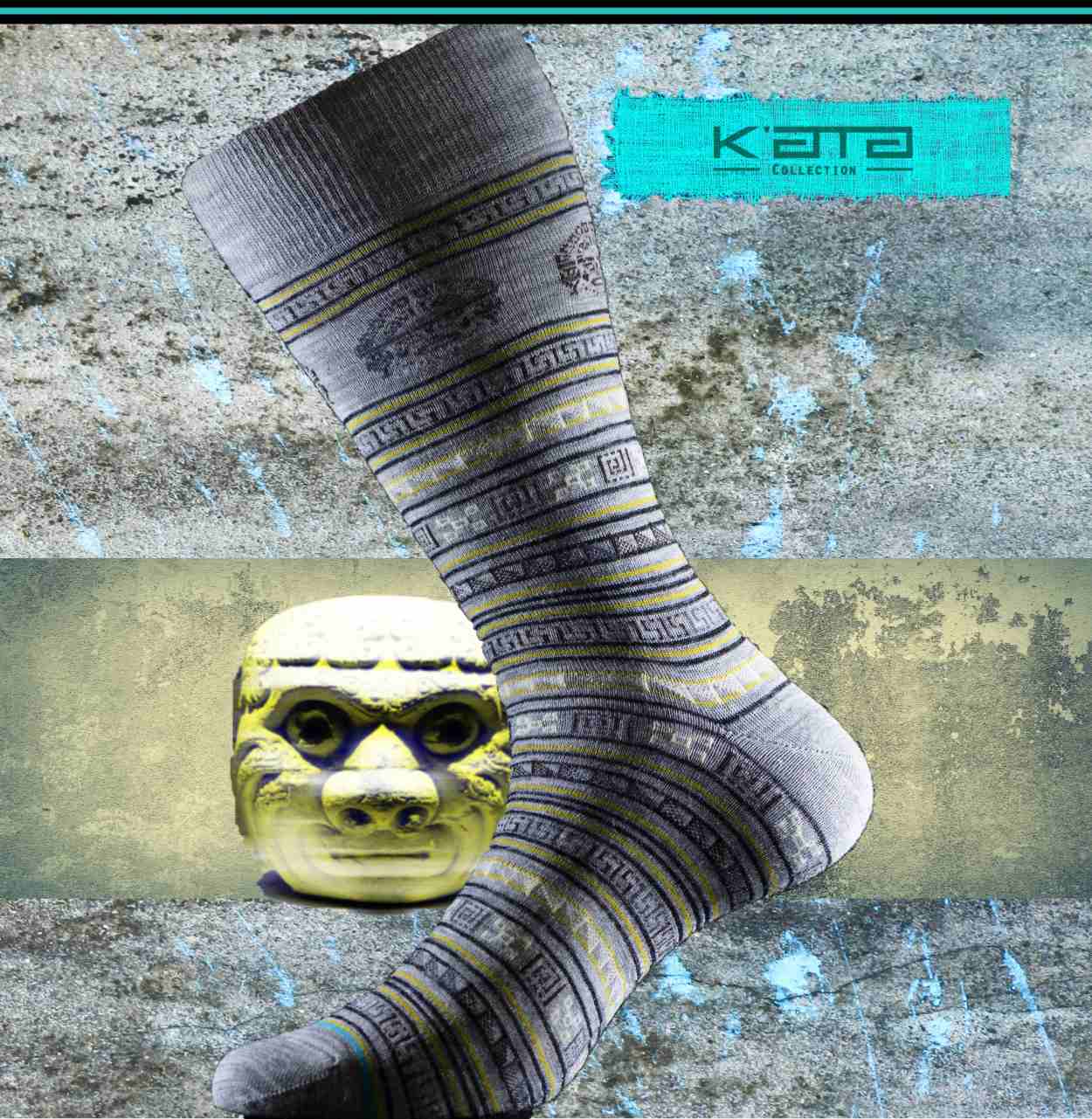

The Paracas culture emerged on the southern coast of Peru in the years 600 BC. and are known worldwide for their beautiful textiles made of alpaca, vicuna and cotton fiber, they dyed their creations with natural pigments of which they created more than 190 different shades, using geometric, anthropomorphic and animal designs, such as birds and felines.
They represented supernatural winged figures flying, perhaps representing the Shamanic flight, each figure grabs a severed human head through the hair, together they communicate the native beliefs about the journey to the spiritual world.
Its textiles are considered as the finest and best produced in Pre-Columbian America.
PRE
COLUMBIAN
ANDEAN
CULTURES
The Moche cultures and the Nazca culture flourished in the 100s BC - 700 AC. , the Moche were developed on the North coast of ancient Peru, are characterized by producing impressive works of art with ceramics (huacos portraits), were the only artists who produced only realistic sculptures in pre-Columbian cultures, their advanced hydraulic engineering, they became expert engineers who built channels up to 32 kilometers long that irrigate the fertile valleys of the area, its monumental architecture and its rich artistic development, especially in goldsmithing and ceramics.
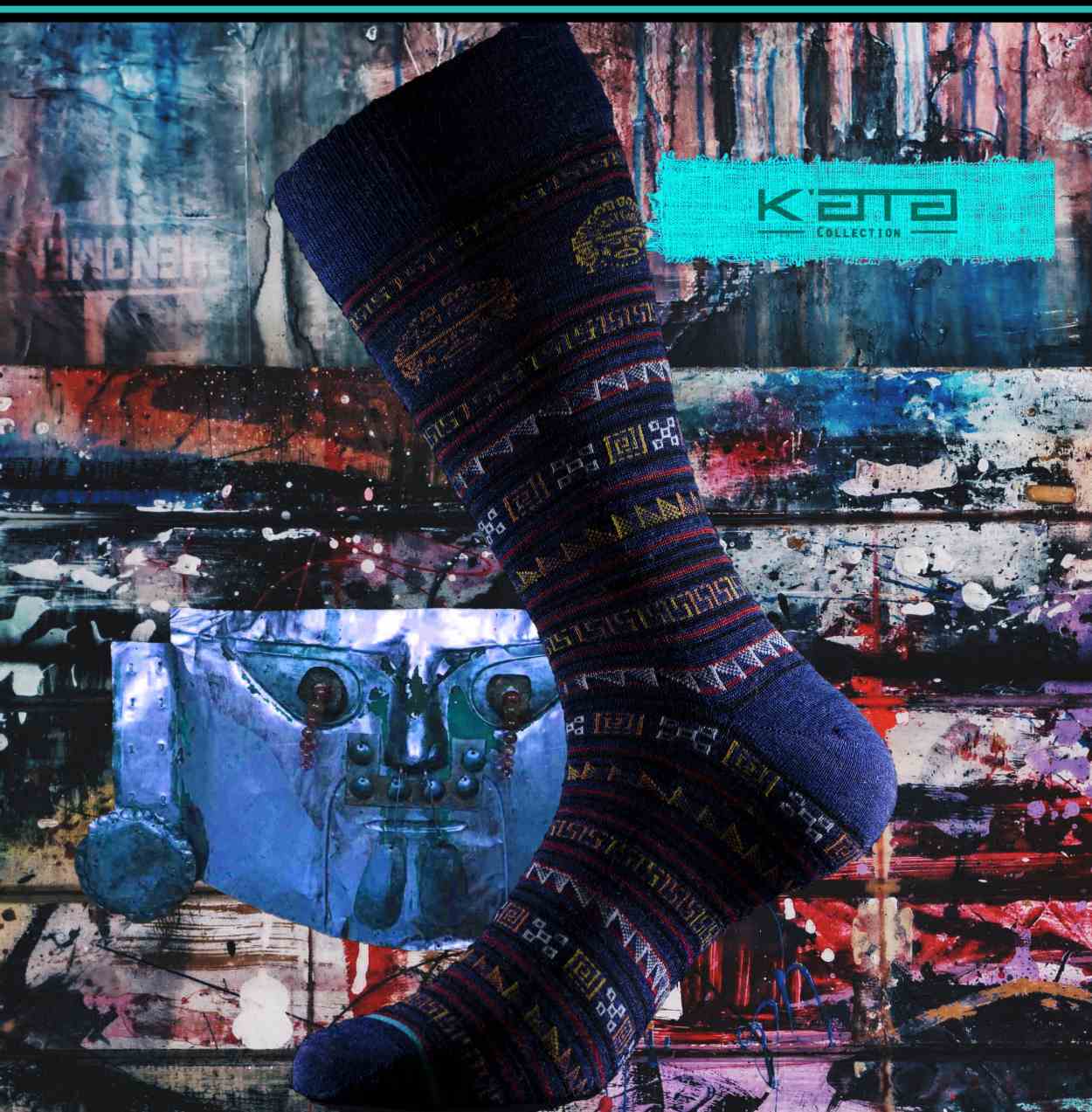
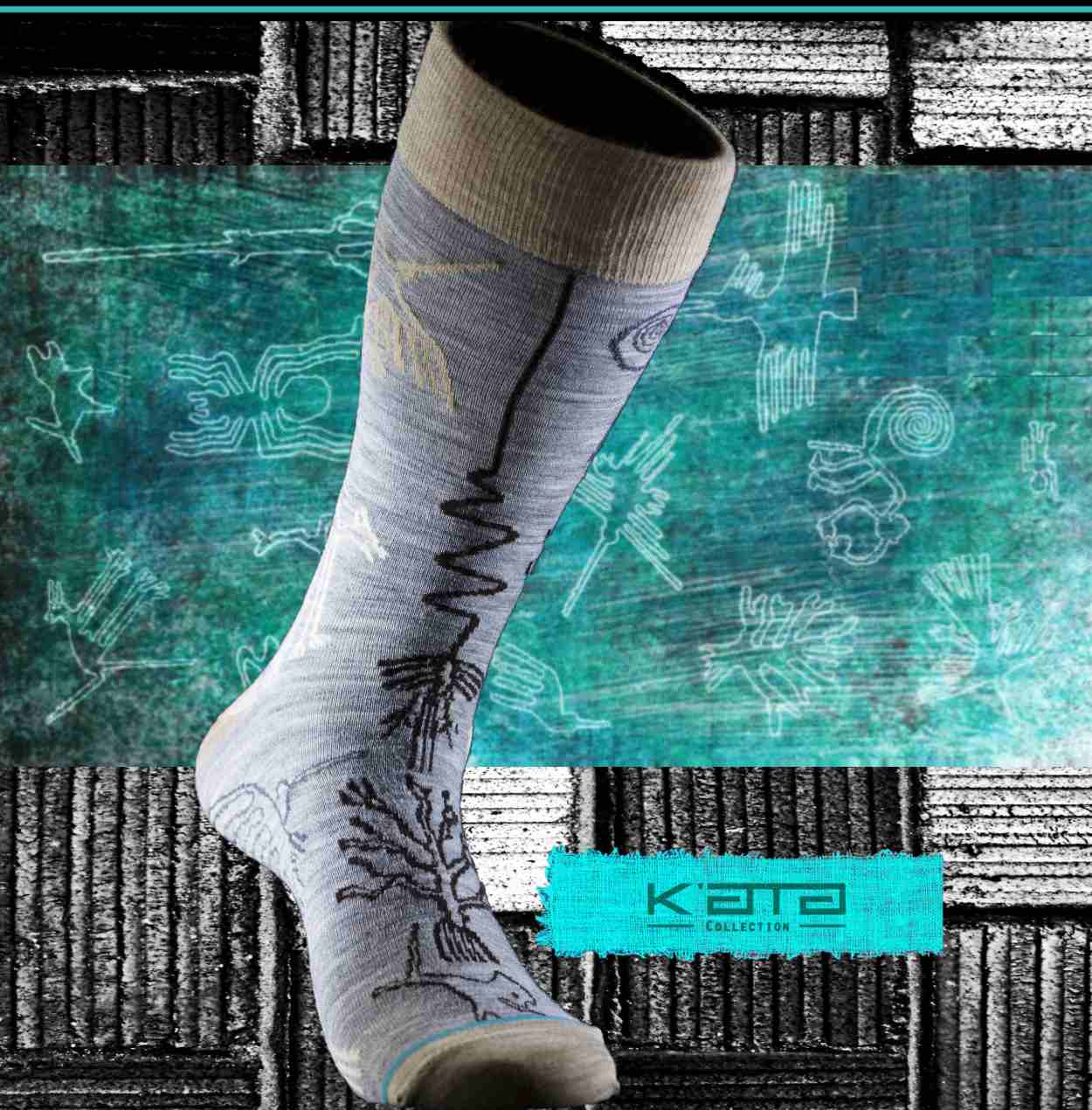
While the Nazca civilization was one of the most important pre-Columbian civilizations of our history, were characterized by the beauty of the colors of their ceramics, they were experts in turning the desert land into cultivable land and the mysterious geoglyphs, large lines and figures, sometimes several kilometers long that are in the desert and They are known as the Nazca Lines. The Nazca Lines are an exceptional collection of geoglyphs in the desert of southern Peru. There are around 300 figures among them.
BEHIND THE
EMPIRE
Then come the expansionist and synthesis cultures as the powerful and complex empires Wari and Tiahuanaco, flourished since 750 - 1200 AC. that entered the interior of the Andes and became the predominant cultures of the regions of Peru, the Wari were the first to use terraced agriculture in this hemisphere. They were sophisticated artists. Their textiles are considered some of the best works of art of any era, the motifs of the various cosmic realms are present in their textiles, it can be said that they reflect a stratified cosmos generated neurologically. After the collapse of these expansionist cultures would come a period of Regional Development of autonomous kingdoms such as the Chimu, Chancay, Chachapoyas, Chancas, Huancas, Lambayeque, Lima, Chincha. These cultures advanced a lot in the techniques of textile, agriculture, metallurgy and handicrafts, and were the prelude to the great Inca Empire, which will collect the contributions of different cultures before them and develop an Andean cultural synthesis.
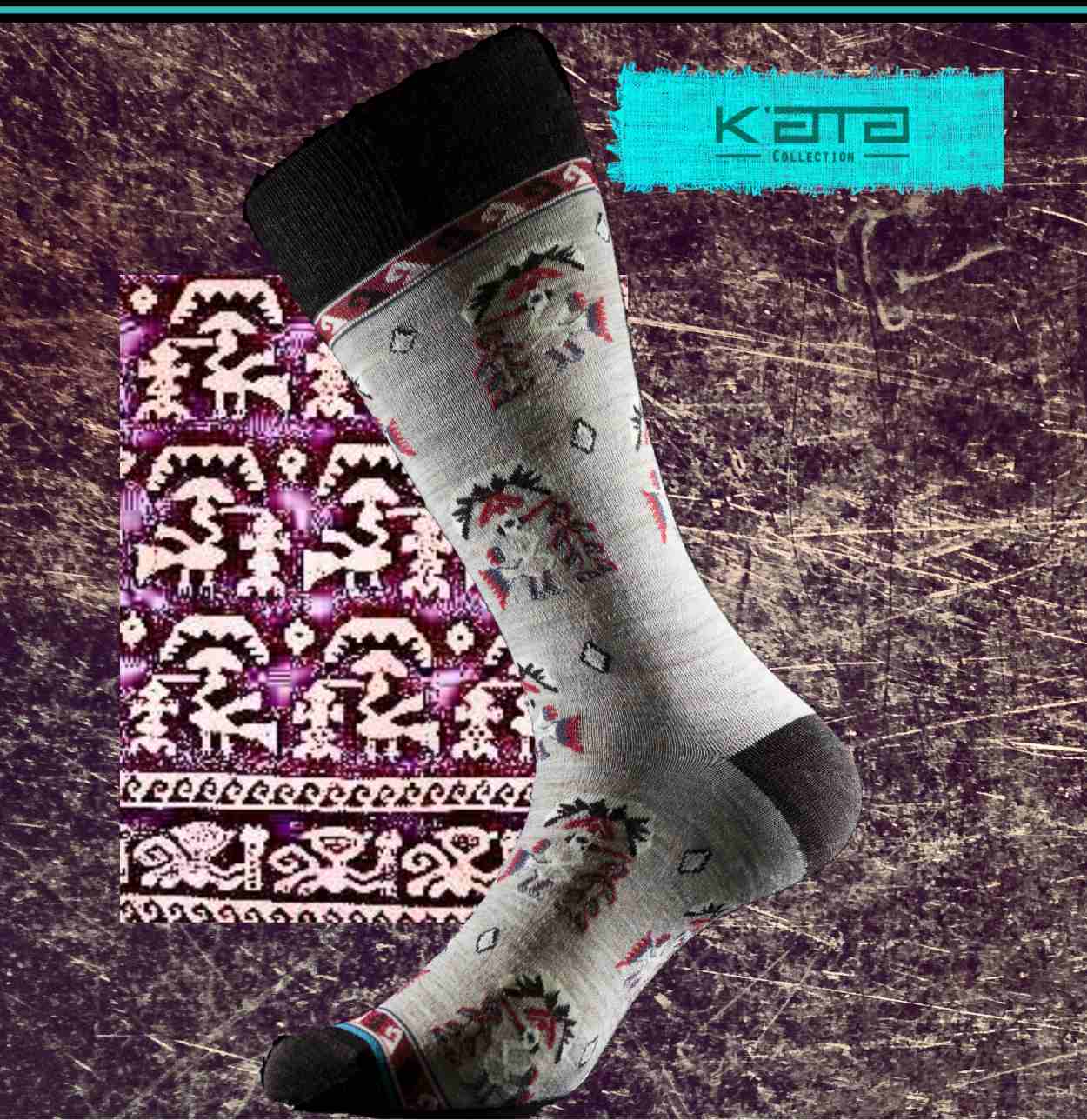
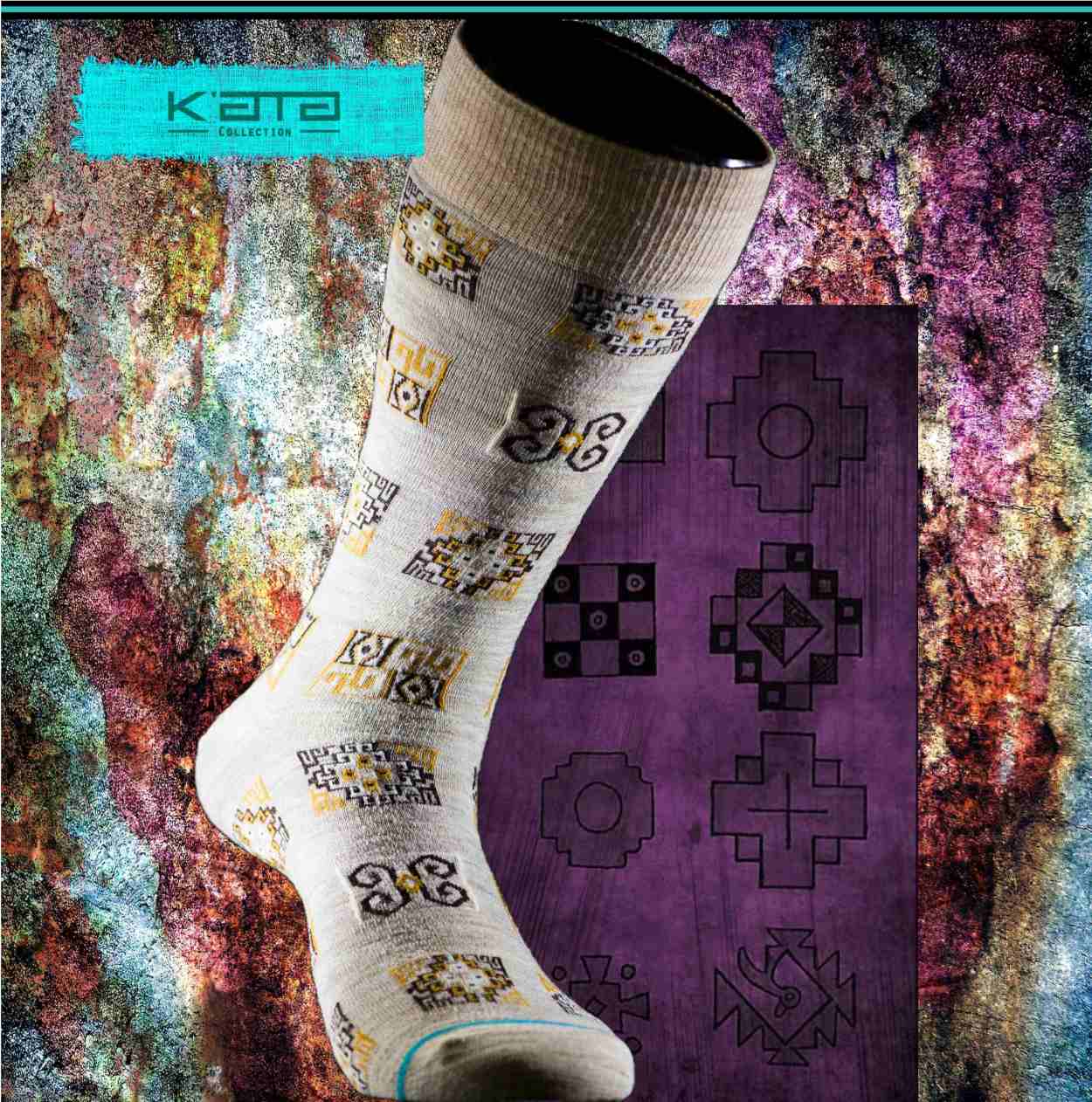
The Inca culture was the most important in Peru, originally from Cusco, its great empire began approximately in the year 1200 AC. and ended in 1535 AC. we can not fail to mention the culture that was able to build enigmatic buildings and be a millenarian civilization that united much of South America, expanding through Bolivia, Chile, Ecuador and Colombia.
From the sacred city of Cusco, the Quechuas consolidated a State that managed to synthesize the artistic, scientific and technological knowledge of its predecessors. Based on a concept of expansion of the State, the Tawantinsuyo (Inca Empire) collected those knowledge and empowered them. Currently, some customs and traditions of the disappeared Inca civilization still prevail in Peru, Bolivia and Ecuador.
Inca is a word that comes from the Quechua language, and means "king" or "prince". It is the name that was given to the sovereigns who established a vast empire in the Andes, these governors, who were attributed a divine origin, are usually associated with the titles of Senor Inca and K'ata Inca: "divine Inca" and "Unique Inca", respectively.
